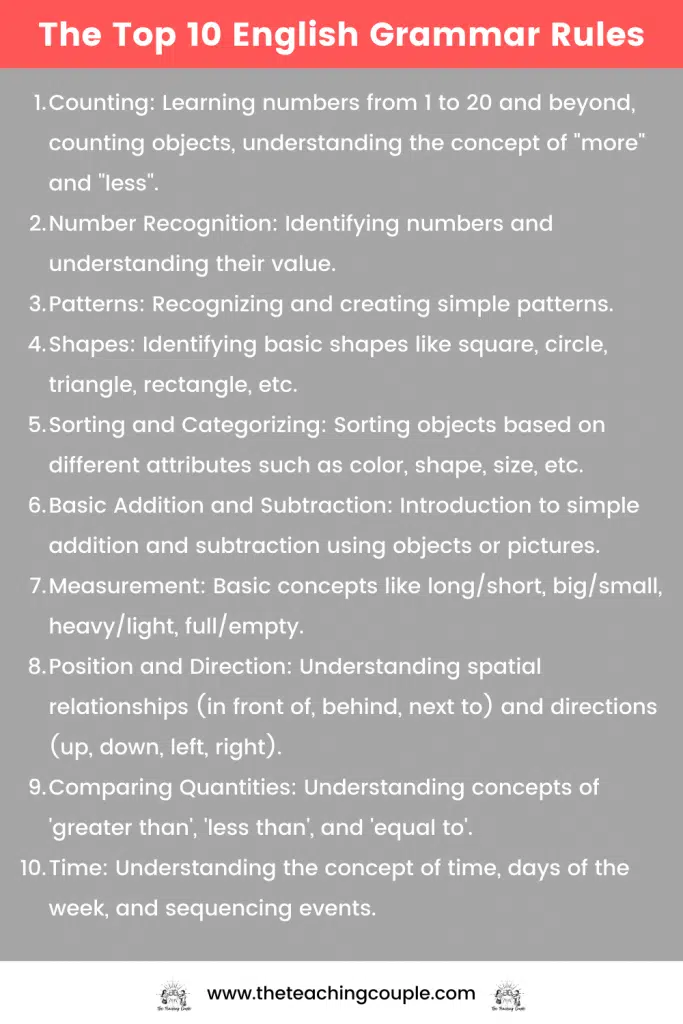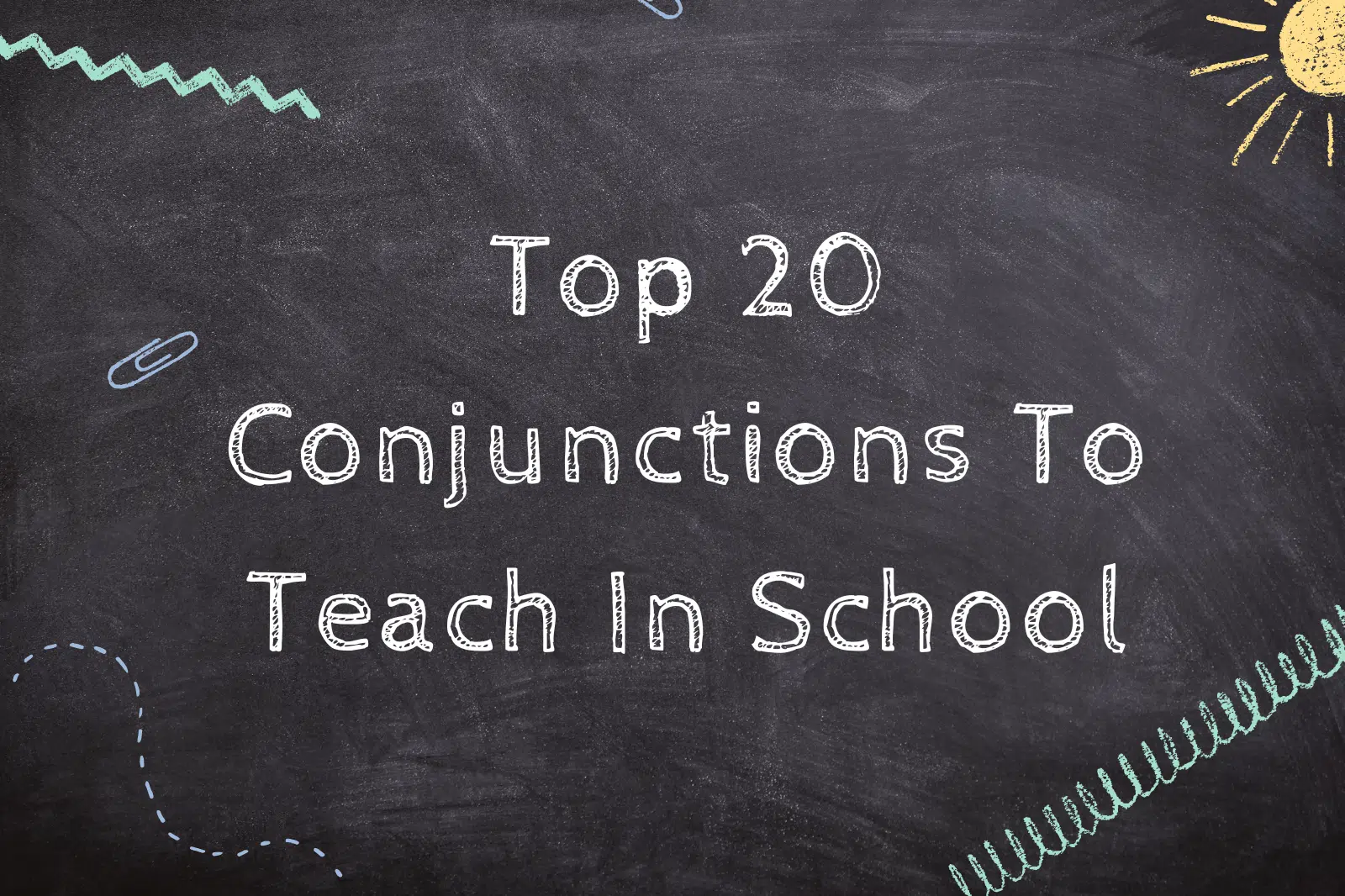Do your students struggle to understand the fundamental nuances of grammar? Are they constantly making the same mistakes over and over again no matter how much you explain it to them? If so, don’t worry; there are simple techniques that you can use to help them improve their grammar.
In this blog post, we’ll cover various strategies for teaching proper English grammar and ensuring that your students won’t make the same mistakes twice. So if you want a comprehensive guide on how to fix common grammar blunders, read on!
Related: For more, check out our article on The Top 10 Grammar Games Online here.

Understanding The Common Grammar Mistakes
Have you ever wondered why your students keep stumbling over the same grammatical hurdles? It’s a common question that many educators ask themselves.
In this section, we’ll delve into some of the most frequent grammar mistakes students make, providing you with a deeper understanding of these pitfalls.
Firstly, let’s take a walk through the maze of common errors. These can range from the misuse of homophones (words that sound the same but have different meanings like ‘they’re’, ‘their’, and ‘there’) to the incorrect use of tenses, and the ever-confusing subject-verb agreement.
But why do these mistakes occur so frequently? A key factor is that English grammar has many rules, and just as many exceptions. This complexity can often lead to confusion for learners.
Moreover, some students might have ingrained habits from their native language that interfere with learning English grammar, making it harder to master.
The impact of these mistakes on a student’s work can be significant. They can interrupt the flow of a sentence, making it hard for readers to understand the intended meaning.
Worse still, consistent grammatical errors can undermine the credibility of the writer, casting doubts on their knowledge and skills.
Understanding the nature of these common mistakes and their implications makes us one step closer to addressing them effectively in our teaching.
So, let’s continue our journey towards creating a more grammatically accurate future for our students!
Exploring The Basics of English Grammar
So, what are these basic elements that we sometimes take for granted?
First, consider the cornerstone of every sentence: the subject and the verb. The subject is the ‘doer’ of the action, while the verb represents that action. For example, in the sentence “The cat (subject) sleeps (verb),” the cat is performing the action of sleeping.
Next is the agreement between the subject and the verb, a rule stipulating that a singular subject needs a singular verb, and a plural subject requires a plural verb.
It might seem simple, but it’s a rule often flouted. Remember, “The team of researchers (singular) is (not are) presenting their findings.”
Another crucial aspect is the correct use of tenses. Tenses denote the time an action takes place, be it in the past, present, or future. Misusing tenses can result in a temporal muddle, leaving your reader uncertain about when the action occurred.
Then there are prepositions—those small words that govern and relate the noun or pronoun to another word in the sentence. Used correctly, they provide clarity; used incorrectly, they can lead to ambiguity.
Finally, we have punctuation—the unsung hero of coherent writing. From defining pauses (commas), signaling the end of a sentence (full stops), to indicating possession (apostrophes), punctuation marks guide the reader through your text, making your message clear and understandable.
These basic rules of English grammar are not just rules but the building blocks of effective communication. Each one plays a vital role in constructing sentences that convey our thoughts clearly and accurately.
Strategies To Teach Grammar Effectively
What techniques can we employ to teach grammar effectively in this world of ever-evolving teaching methods?
How can we translate these strategies into tangible learning experiences in the classroom? Let’s explore some answers to these crucial questions.
- Interactive Activities: Learning by doing is a mantra that holds, especially when it comes to grammar. Interactive activities such as sentence construction games, grammar quizzes, and role-plays not only make learning fun but also help students understand grammar rules in context. For example, you could create a game where students have to form sentences using specific grammatical structures or verbs. These exercises encourage active participation and provide immediate feedback, helping students learn from their mistakes.
- Examples: Another effective technique is the use of examples. Real-life examples can bring abstract grammar rules to life, making them easier to understand and remember. Start by showing students examples of grammatically correct sentences, then progress to sentences with errors, asking students to identify and correct the mistakes. This identification and correction process will hone their analytical skills and deepen their understanding of grammar rules.
- Practice Worksheets: Practice makes perfect, especially in grammar. Provide your students with practice worksheets that cover various grammar topics. These worksheets should offer a mix of multiple-choice questions, fill-in-the-blanks, sentence correction, and other exercises. Regular practice will reinforce their learning and enhance their ability to apply grammar rules correctly.
- Use of Technology: In today’s digital age, technology can be a powerful ally in teaching grammar. Numerous online resources, apps, and games are designed to help students engagingly grasp grammar rules. Integrating these tools into your teaching strategy can add fun to the learning process, allowing students to learn at their own pace.
- Consistent Revision: Lastly, consistent revision is key. Regularly revisiting previously covered grammar rules will help students retain what they’ve learned and apply it effectively.
Teaching grammar doesn’t have to be a daunting task. By implementing these strategies in your classroom, you can create an engaging learning environment that encourages students to explore the intricacies of English grammar.
Remember, the aim is not just to teach, but to inspire a love for language in your students. So let’s embrace these strategies and embark on this exciting journey together!
Tips To Help Students Avoid Repeating Mistakes
We’ve all been there. Despite our best efforts, certain grammar mistakes seem to stubbornly persist.
But take heart, for there are strategies that can aid students in remembering grammar rules and avoiding repeat offenses. Let’s delve into some effective tips that can help students enhance their grasp of grammar.
- Regular Practice: As the saying goes, “Practice makes perfect.” Regularly practicing grammar exercises can help reinforce the rules and principles in a student’s mind. This could involve completing practice worksheets, using grammar apps, or even playing grammar-focused games. The key here is consistency. The more frequently students engage with these exercises, the more familiar they will become with various grammatical structures.
- Reading More: Reading is a powerful tool for improving grammar. It exposes students to correct sentence structures, diverse vocabulary, and various writing styles. Encourage your students to read a wide range of materials, such as books, newspapers, and online articles. This will help them understand how grammar works in context and foster a love for language and literature.
- Writing Regularly: Writing is to grammar what a gym workout is to muscles—it strengthens it. Regular writing exercises allow students to apply what they’ve learned about grammar. They could start a daily journal, write essays on topics of interest, or even try their hand at creative writing. As they write more, they’ll become more adept at spotting and correcting their own grammar mistakes.
- Peer Review: Learning from peers can be highly effective. Organize peer review sessions where students exchange and critique each other’s work. This collaborative exercise can help them identify common mistakes, learn from each other, and gain a new perspective on their own writing.
- Use of Grammar Check Tools: In this digital age, technology can greatly aid learning. Encourage students to use grammar check tools like Grammarly. These tools can spot errors that might be overlooked and provide explanations, helping students understand their mistakes.
- Personalized Error Log: Every student has a unique set of recurrent mistakes. Keeping a personalized error log can help them track these mistakes and focus on areas that need improvement. Over time, this can lead to significant progress in reducing repeated errors.
Using Technology To Improve Grammar
In the digital age, technology continues to revolutionize every aspect of our lives, and education is no exception. Especially when it comes to improving grammar skills, modern technology offers an array of tools and apps that can significantly enhance the learning experience.
But how exactly can teachers integrate these resources into their teaching methods? Let’s delve into this fascinating topic.
- Grammar-Checking Tools: Tools like Grammarly and Hemingway Editor have become indispensable in the quest for impeccable grammar. These online editors not only identify grammatical errors but also provide explanations and suggestions for corrections. Teachers can encourage students to use these tools for their assignments, promoting a self-corrective approach to learning grammar. Over time, students are likely to internalize the corrections and improve their writing skills.
- Educational Apps: There’s an app for everything, and grammar is no exception. Apps like Duolingo, Babbel, and Khan Academy offer interactive grammar lessons that make learning engaging and fun. Teachers can incorporate these apps into their lesson plans, assigning specific modules as homework or using them for in-class activities.
- Online Quizzes and Games: Who said learning can’t be fun? Online quizzes and games like those found on Quizlet or Kahoot! provide an interactive platform for students to test their grammar skills. Teachers can create custom quizzes tailored to their lessons, fostering a competitive yet educational environment.
- Interactive Whiteboards: An interactive whiteboard can bring grammar lessons to life. Teachers can use these boards to display and manipulate sentences, highlighting different grammatical structures. This visual and interactive method can greatly enhance students’ understanding of complex grammar rules.
- Online Discussion Forums: Platforms such as Google Classroom allow teachers and students to interact outside of regular school hours. Teachers can post grammar-related questions or topics for discussion, encouraging students to apply their knowledge in a real-world context.
Integrating technology into grammar lessons not only makes learning more engaging but also caters to different learning styles. Some students might prefer interactive games, while others might benefit more from visual demonstrations on an interactive whiteboard.
By employing a variety of technological tools, teachers can create a dynamic and inclusive learning environment that effectively addresses the diverse needs of their students.
Remember, technology is not here to replace traditional teaching methods but to enhance them. As we continue to navigate the digital landscape, let’s embrace these technological resources and harness their potential to make learning grammar a more enriching, enjoyable, and effective experience.






